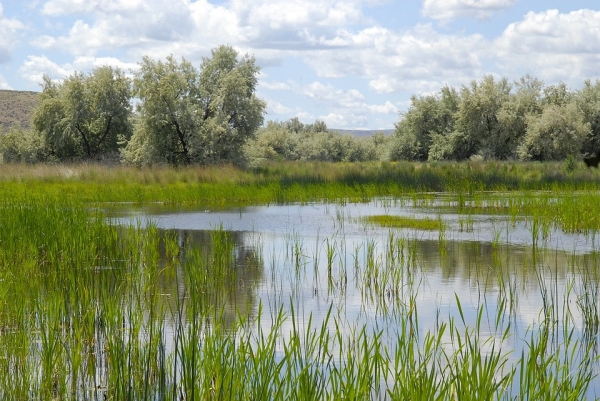Small isolated wetlands that are full for only part of the year are often the first to be removed for development or agriculture, but a new study shows that they can be twice as effective in protecting downstream lake or river ecosystems than if they were connected to them.
Using a new method involving satellite imagery and computer modelling, researchers from the University of Waterloo found that since these small wetlands are disconnected, pollutants such as nitrogen and phosphorous get trapped. This is the first study to use satellite data for estimating nutrient retention.
All wetlands act like sponges, providing flood protection by absorbing the vast volume of water that can be suddenly released from rainfall or snowmelt. Improving water quality, providing habitat, increasing biodiversity and trapping carbon are just some of the many environmental benefits wetlands provide. Their destruction increases our vulnerability to the extreme effects of climate change, including flooding, drought and the frequency of storms.
“This is especially a concern in regions like southern Ontario, which has already lost more than 70 per cent of its wetlands and is under threat to lose more from increasing population and developmental pressures. The rise in human population also increases the amount of pollution,” said Dr. Nandita Basu, a professor at Waterloo and Canada Research Chair in Global Water Sustainability and Ecohydrology. “If pollutants aren’t caught by small wetlands, then they’ll run into our lakes, beaches and eventually impact our supply of drinking water and ability to use the beaches for recreation.”
Read more at University of Waterloo
Photo Credit: 12019 via Pixabay


